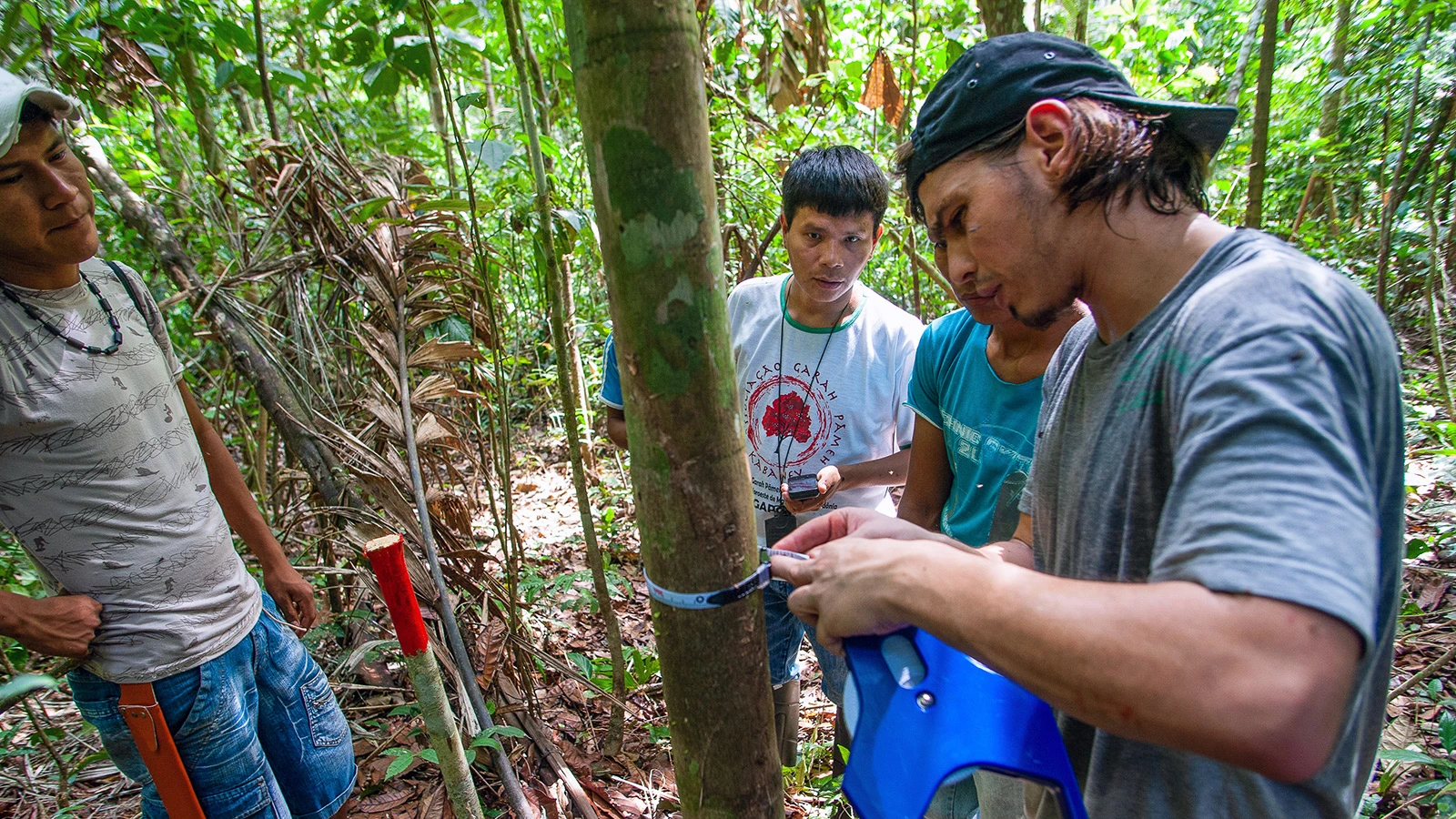The catch:
Besieged by logging, fires, and pests, this global balancing act might not last long.
This is understated. I live in Canada and the pest danger is already severe. Every dead tree you see in the forests has the telltale squiggly track marks of the Emerald Ash Borer or other bark beetles. Out west is suffering record fires. Logging is the only category I’d be less concerned about here because they are required by law to replace what they harvest.
The health of the forests may actually be at least partially related to how they are replaced. The ecosystems of clear-cut replacement are starkly different than old growth, because you end up with all the trees being the same age. You don’t get the rolling growth churn and resulting undergrowth.
Still strictly better than not replacing them, but it’s still an imperfect system.
This isn’t as bad as it sounds. In a way it mimics the natural reset normal forest fires cause.
No, because after a forest fire you don’t get the “optimal full growth spacing” that planters are required to plant. You get plenty of gaps and crowding after a forest fire which creates the opportunities for the churning I described. If you look at a freshly replanted area vs a burnt out area 3 years later they’re incredibly dissimilar even to someone with an untrained eye.
I didn’t say it was perfectly identical. Ofc it isn’t. Floor growth is almost all still there. It is good enough considering cutting is limited to specific locations only, and the alternative is to delete a primary industry.
Alternative planting patterns WOULD better mimic post-fire growth. No need to jump to the conclusion that the two competing ideas are do exactly what we do now or abolish a primary industry.




